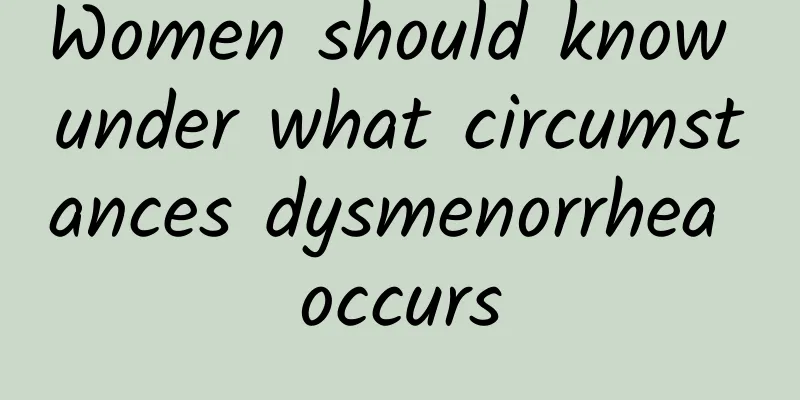Can medication for Bartholinitis reduce inflammation?

|
Acute Bartholinitis first invades the gland duct, presenting with acute suppurative inflammation, with local redness, swelling, heat, and pain. Sometimes there are systemic symptoms such as a feeling of heaviness and difficulty in urination and defecation, fever, and increased white blood cell count. The gland duct opening is often blocked due to swelling or agglutination of exudate, and pus cannot flow out to form an abscess, which is called Bartholin's gland abscess. There may be a sense of fluctuation locally, and the inguinal lymph nodes are swollen. Therefore, acute Bartholinitis should be treated promptly. When treating acute Bartholinitis, the medication for Bartholinitis can reduce inflammation. In the acute stage, antibiotics (penicillin, Pioneer IV, Pioneer VI) can be injected intramuscularly or orally, bed rest, local hot compress, sitz bath or heat therapy can be used. After the abscess is formed, an arc-shaped incision can be made on the inner side of the labia majora where the fluctuation is obvious to drain the pus. Antibiotics and local treatment with Chinese herbal medicine can also be used. Patients with acute vestibular glanditis are in great pain and their daily activities will be restricted. At this time, they should rest in bed and keep the vulva clean. While using broad-spectrum antibiotics for anti-inflammatory treatment, you can choose to use Chinese herbal medicine decoctions that clear away heat, detoxify, reduce swelling and disperse knots, such as forsythia, honeysuckle, wild chrysanthemum, Viola yedoensis, Phellodendron, Scrophularia, Isatis root, etc., and take a sitz bath for 20 minutes each time when the liquid is cool, 1 to 2 times a day. After the abscess is formed, incision and drainage and ostomy should be performed in time. Simple drainage can only temporarily relieve symptoms. After the incision is closed, Bartholin gland abscesses or cysts may still form. If there is a small break and the pus is not discharged smoothly, the incision should be expanded for drainage. Experts say that drug therapy is a treatment method that causes less harm to patients, but it is only suitable for patients with milder conditions. For patients with more serious conditions, the following two treatment methods should be used. |
<<: Dietary therapy for effective treatment of Bartholinitis
>>: Clinical treatment of Bartholinitis
Recommend
What are the symptoms of cervical erosion in women? The three major symptoms of cervical erosion in women
Cervical erosion is now a common gynecological di...
Patients with cervicitis usually have purulent leucorrhea
Patients with cervicitis usually have purulent va...
Analysis of common causes of recurrence of pelvic inflammatory disease in women
The recurrence of pelvic inflammatory disease is ...
Causes of bacterial vaginosis
There are many types of bacterial vaginosis, and ...
Understanding the diagnosis of vulvar leukoplakia
The early symptoms of gynecological diseases are ...
Oats are mixed with the pesticide carbofuran! You can eat these instead...
In recent years, oats, which have been regarded a...
Is it a big deal if you have chocolate cyst during pregnancy?
Chocolate cyst is a disease with a very high inci...
What should we pay attention to in the 4 types of uterine fibroids? What does uterine fibroid type 4 mean?
What should you pay attention to in the 4 types o...
Your baby has no strength and is slow in learning to walk because he doesn’t eat salt? How much salt can you eat in a day? Comparison of sodium content between vermicelli and fried noodles
The baby's growth cannot be missed. Most peop...
Mediterranean diet isn't the only way to reduce depression risk! Nutritionist Li Zhiwei: Diet "Three Mores and Two Lesses" to Fight Depression
Artist Coco Lee suffered from depression during h...
What are the main symptoms that cause adnexitis?
Among the many gynecological diseases, adnexitis ...
What are the hazards of ovarian cysts to pregnant women?
What harm does ovarian cyst do to pregnant women?...
Analysis of the causes of amenorrhea
According to traditional Chinese medicine, the ca...
Can I get pregnant after uterine fibroid surgery? Will uterine fibroids recur?
Uterine fibroids are a benign uterine tumor that ...
High risk factors for uterine fibroids
The cause of uterine fibroids is the result of th...









